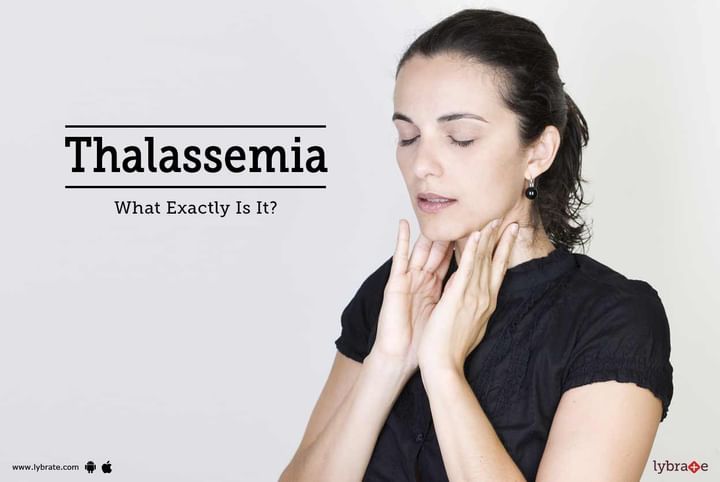Thalassemia - What Exactly Is It?
Thalassemia is a genetically inherited blood disorder in which the body starts producing an abnormal form of hemoglobin. This hemoglobin gets destroyed by natural immunity, and ultimately leads to anemia.
What is the prevalence of Thalassemia?
Beta thalassemia is particularly prevalent among Mediterranean peoples, and due to this geographical association, it is also known as Mediterranean anemia. It is also commonly seen in Greece, Turkey, and Italy. In India, it is more commonly seen in Jain and Gujarati community.
Why does it occur?
Genetic mutation of the gene which is concerned with hemoglobin production is the major cause of it. This mutant gene is generally inherited from the parents. If both the parents transmit mutated gene to the offspring, then the offering will surely develop thalassemia, and if only one parent transmits mutant gene, then the offspring will become only carrier of the disease. He/she will not get the symptoms of the disease or very rarely he may get symptoms but in minor form.
Types of Thalassemia-
The globin part of hemoglobin includes alpha and beta globin. There are two main types of thalassemia, and they are as follows:
- Beta thalassemia: Beta thalassemia occurs when there is a defect in the production of beta globin. Beta thalassemia major is caused when there is no functional beta chain production. This is the most severe form. In beta thalassemia intermedia, some amount of hemoglobin A is produced. Beta thalassemia minor is caused when only one of the two beta globin alleles contains a mutation, so beta chain production is not terribly compromised.
- Alpha thalassemia: Alpha thalassemia occurs when the body cannot make alpha globin. It has two subtypes and they are as follows:
- Hemoglobin H: It develops when a person is missing three alpha globin genes.
- Hydrops fetalis: It develops when all the four alpha globin genes are altered or missing.
Symptoms of Thalassemia-
- Enlarged organs, such as spleen and liver
- Chest pain, cold hands and feet, shortness of breath, leg cramps, and rapid heartbeat
- Delayed growth
- Headaches, dizziness, and faintness
- Failure to thrive in newborn
- Pale or jaundiced skin
- Frequent infections
- A poor appetite
How to diagnose it?
Diagnosis can be made by following test:
- A complete blood count (CBC): To check hemoglobin level and size of red blood cells
- A reticulocyte count: To assist the pace at which reticulocytes are produced
- Genetic testing: To find out the faulty gene
What is the treatment available for it?
It includes:
- Blood transfusions and bone marrow transplant
- Medications, vitamin supplements, and iron supplements
- Surgery to remove the spleen and gallbladder
- Chelation therapy to remove excess of iron and other heavy metals
In case you have a concern or query you can always consult an expert & get answers to your questions!



+1.svg)
